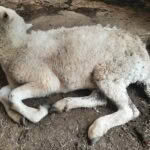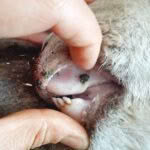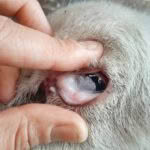What is drench resistance? Everything you need to know about superworms (and how to beat them)
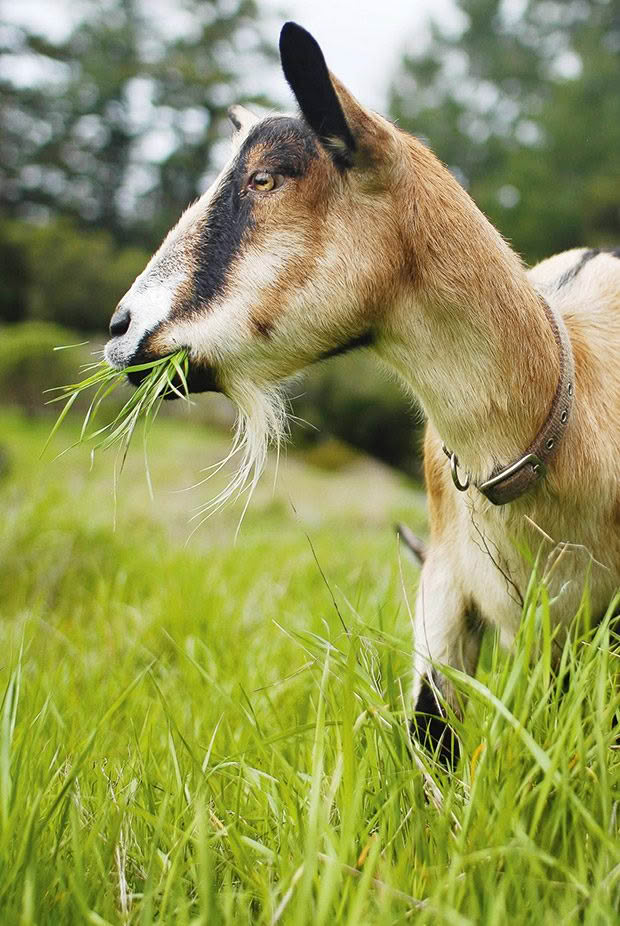
Why superworms are outsmarting drench & what to do about it.
Words: Nadene Hall
All grazing animals face the challenge of a variety of gut worms. For decades, we’ve used drench to fight them. But just as we’ve seen the rise of antibiotic-immune ‘super bacteria’, there’s now a serious problem with ‘superworms’ that are unaffected by drench chemicals.
In the last 15 years, manufacturers have created double and triple combination drenches, a mix of two or three different chemicals.
But data from parasite diagnosis company Techion has found superworms are fighting back. Their results showed 20-43% of NZ farms had worms resistant to double combination drenches in 2020; 15% of properties had worms resistant to the newer triple combination drenches.
WHAT IS DRENCH RESISTANCE?
All parasitic worms evolve, slowly but surely. Every time you drench your animals, worms with the strongest genetics survive. These then breed amongst themselves, eventually creating a population of parasites that can’t be killed by the products currently on the market.
WHY NOT MAKE MORE POWERFUL DRENCHES?
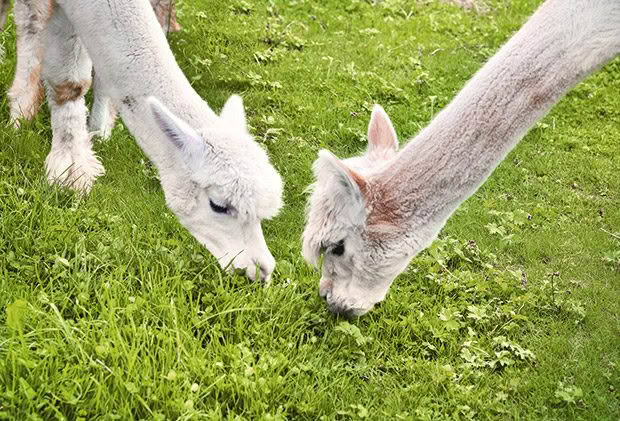
There are currently only a few chemical ‘families’ used in drenches. It might seem like there’s a lot of options, but many are the same chemicals under different brand names.
Once a worm species is resistant to all the chemicals, there’s no way to help an animal if they become infested with that particular species.
Even if animals look ok, they don’t grow as well or as fast, they don’t get pregnant as easily or produce as much milk and fibre as they could.
An animal that’s badly affected may die or need to be euthanised. In severe cases, entire groups of animals may need to be culled, and the land no longer grazed. This isn’t a hypothetical situation – it’s already happening on blocks and farms around New Zealand.
WHO IS AT RISK?
Large farms are at high risk because of the sheer number of animals they carry, the amount of drench they use, and their reliance on it to reduce production losses and help animals grow to their full potential.
Lifestyle blocks face a high risk for a different reason. Typically, there are more animals per hectare, which creates much heavier worm burdens in pasture, and it’s harder to make changes to pasture management without destocking.
WHICH ANIMALS ARE MOST AT RISK?
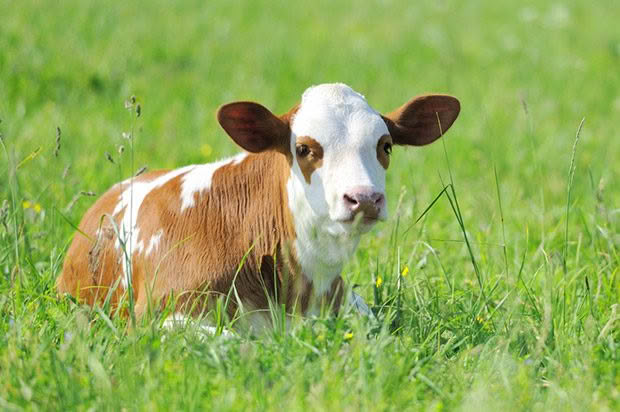
Young animals under 18 months are most at risk from parasite burdens.
Adult sheep, cattle, and camelids develop an immune response to parasites. In sheep, good immunity means an establishment rate of just 5-10% of larvae in the gut, compared to 50-60% in an animal with a poor immune response. These figures assume stock are healthy and have access to good quality pasture.
The exceptions are goats, which don’t develop resistance during their lifetime. Read more on page 49.
WHY DRENCH SHOULD BE JUST ONE TOOL
We can’t stop parasites from evolving, but we can slow them down. Firstly, we need to stop following old drenching regimes, such as using single-ingredient drenches every four weeks.
Good pasture management, maintaining optimum animal health, and creating a low stress environment are crucial if we’re to manage parasites in stock in future.
KEEP THE ANIMAL HAPPY AND HEALTHY
All animals carry some gut worms. Most of the damage to the gut, with a few exceptions, comes from the animal’s inflammatory reaction. A well-fed, unstressed animal is much better able to deal with parasites and won’t develop an infestation.
Parasite numbers peak when stock are struggling for food, such as during wet winters and dry summers. It’s important to ensure you have plenty of feed, including supplements if necessary.
Ensure stock has shelter from sun, wind, and rain to keep their stress levels low. Monitor animals closely for signs of worms around stressful times such as when they’re being moved, shearing time, during pregnancy and labour.
An animal suffering from a disease is much more likely to succumb to the effects of parasites. Watch for signs of diseases, such as coughing, lethargy, skin issues, and diarrhoea, and take action immediately rather than waiting to see what happens.
PASTURE MANAGEMENT
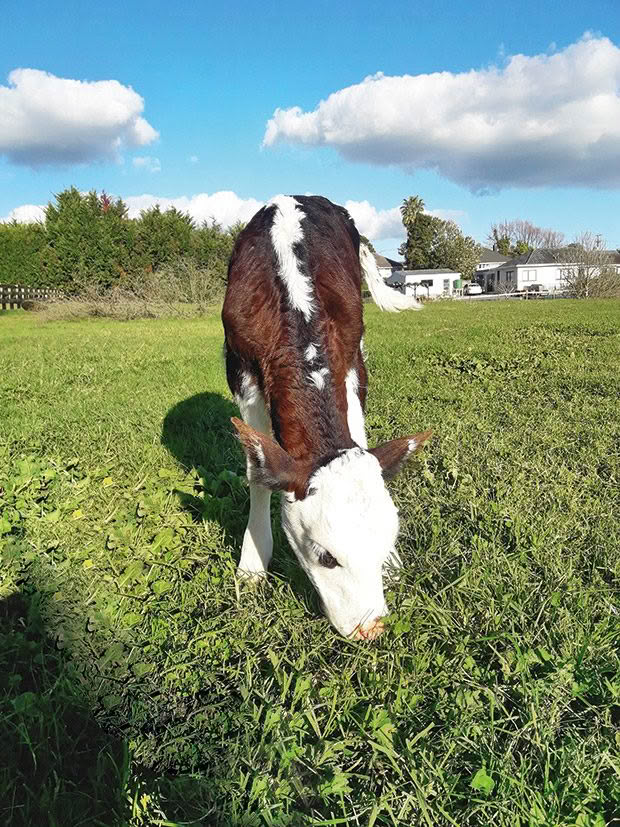
Managing pasture to reduce the numbers of parasite larvae eaten by the animal is critical to keeping their numbers low.
Ninety percent of parasite larvae live in the bottom 2-3cm of the grass. It’s vital to ensure young, growing animals, or goats of any age, are always on longer pasture, ideally 5cm and over. If pasture gets too short, feed supplementary hay/silage.
Graze young animals on your best, longest pasture, then follow them with adult stock over 18-20 months old. Older, resistant stock can eat the shorter pasture, hoovering up worm larvae, without ill effects.
Avoid grazing one herd or flock of growing animals in the same paddocks back-to-back. Think of young stock as worm-making machines. Carrying only young stock on your land, or using the same paddock for calving and lambing each year, will build up large amounts of worm larvae on the pasture.
Cross-graze with different species of stock. Cattle carry different worm species from sheep, which are different again from horses. A cow can safely eat sheep parasites and vice versa. Sheep, goats, and camelids share many of the same gut worm species. Don’t graze sheep, goats or alpaca together or cross-graze them.
DRENCH STRATEGICALLY
The more you drench, the quicker drench resistance will develop on your land. The key is to keep animals healthy using the least amount of drench possible.
Follow a preventative drenching plan. This usually means drenching calves and lambs 4-5 times from weaning (depending on the drench) until around 18 months old. The ideal plan is based on your species and system, so talk to an animal health advisor and tailor one to your stock’s needs.
Don’t routinely drench adult livestock that are over 18 months old. It’s generally unnecessary – you occasionally might need to do it in particular situations such as low pasture, in warm, wet weather, or a health-compromised animal.
Oral, multiple-ingredient drenches slow down resistance compared to single-ingredient drenches. It can be challenging to administer these products to cattle as they get larger, so you’ll need good quality yards and a crush.
Drench animals accurately based on their bodyweight. Weigh them where possible as underdosing speeds up resistance. Each time you drench for worms, select 10% of the healthiest, most well-grown animals and leave them undrenched. Alternatively, select only those that require drenching, based on slower growth rate and/or faecal samples.
After drenching, leave stock in the same paddock for a week or two before moving them to longer, ‘clean’ pasture. This means stock shed any unaffected worms onto the ‘old’ pasture, which can then be rested.
Stock that is new to your block may carry resistant worms. They should receive a quarantine drench 24 hours before they arrive on your block and be kept in a paddock or yard that’s not used for general grazing. Use a good combination product, and have your vet run faecal egg count tests to be sure they’re clear.
SIGNS OF A WORM INFESTATION
Warning: Slideshow shows graphic images that some readers may wish to avoid.
- This sheep is showing classic signs of a worm infestation. Its lethargy is caused by anaemia – its gums and the inside of its eyelid are very pale, indicating huge blood loss from parasites. Normally, they would be a dark, almost salmon-pink.
This sheep is showing classic signs of a worm infestation. Its lethargy is caused by anaemia – its gums and the inside of its eyelid are very pale, indicating huge blood loss from parasites. Normally, they would be a dark, almost salmon-pink.
What makes goats so special
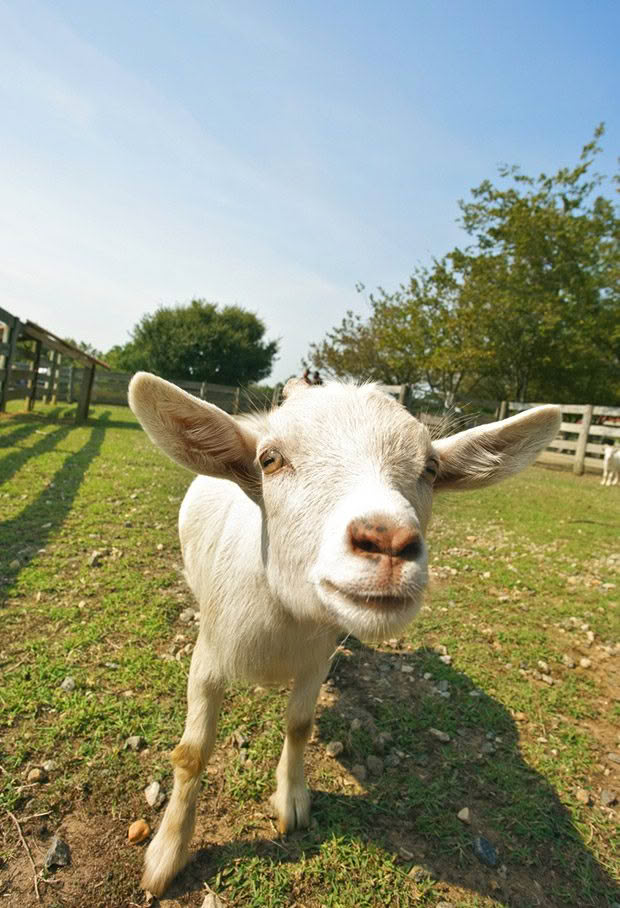
Goats evolved as browsers. Given a choice, they prefer food sources that are up off the ground, such as the tips of long grass, bushes, and low-hanging branches.
The result is they don’t have a natural immune response to parasites in the same way as sheep. They don’t develop it with age and are at high risk for parasite infestations throughout their lives.
It’s important to manage their environment carefully, or you’ll have to drench more often, resulting in more drench-resistant parasites.
• Don’t graze goats on short pasture (below 5cm) at any time.
• Provide additional forage, such as hay which also provides them with the high fibre diet they require.
• I highly recommend strategic drenching for goats. Take faecal samples from each animal, so you only need to drench when required.
• Goats metabolise and excrete drenches differently from sheep and cattle. They require different dose rates that won’t be on the product label – check with your vet for the drench product you’re using.
• Monitor stock daily for diarrhoea, weight loss, pale gums, and pale conjunctiva (the inside of the eyelid).
• Be very careful grazing goats with sheep and alpaca. It’s best to either keep them on separate pasture all the time or graze goats first.
• Work with your vet to monitor drench resistance – check it regularly.
• Feed goats branches of plants high in tannins, such as willow. While it won’t help a sick animal, it can help keep parasite burdens low in healthy ones.
• Grow a range of pasture plants besides ryegrass and clover, such as sulla and chicory.
Love this story? Subscribe now!
 This article first appeared in NZ Lifestyle Block Magazine.
This article first appeared in NZ Lifestyle Block Magazine.
